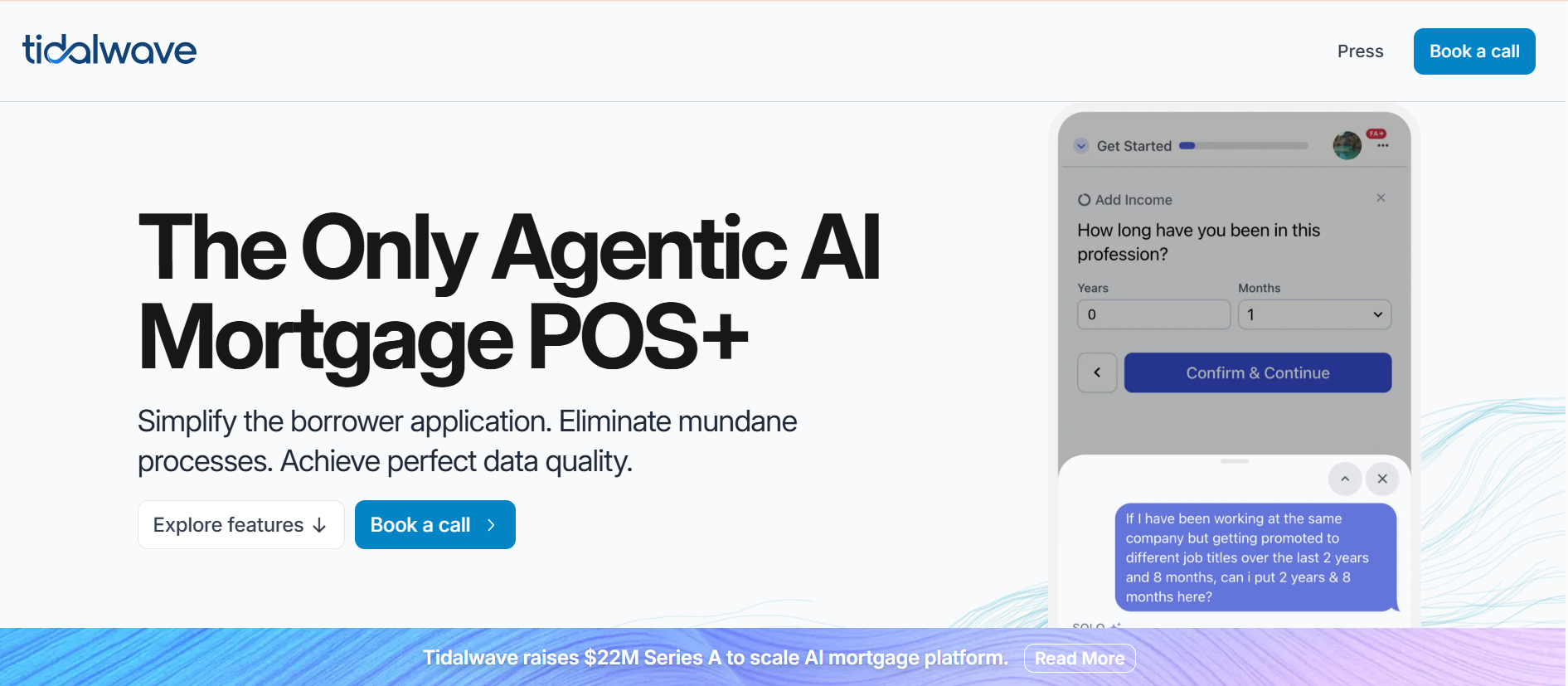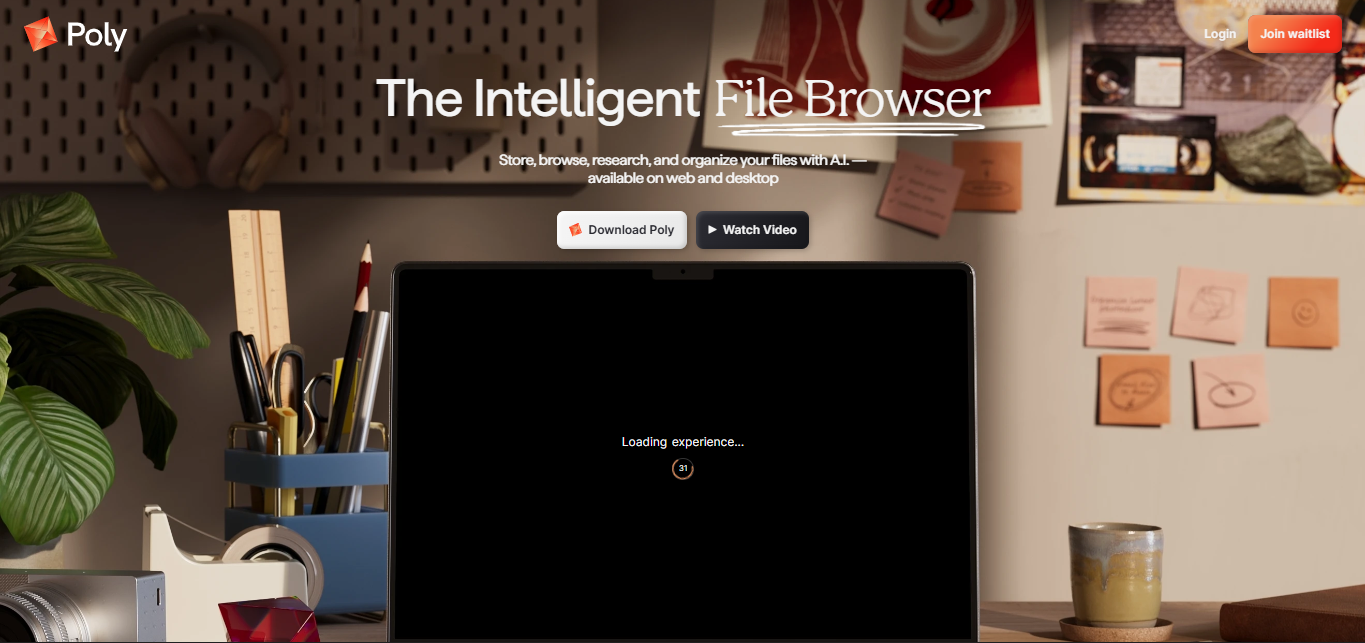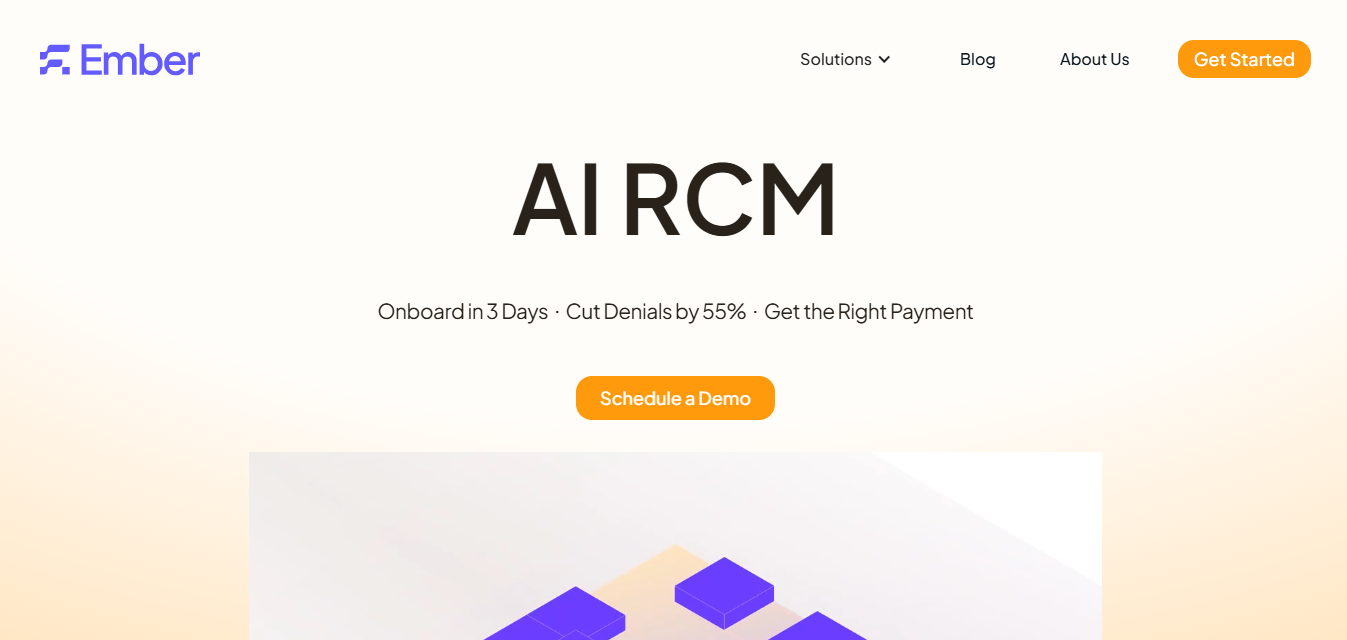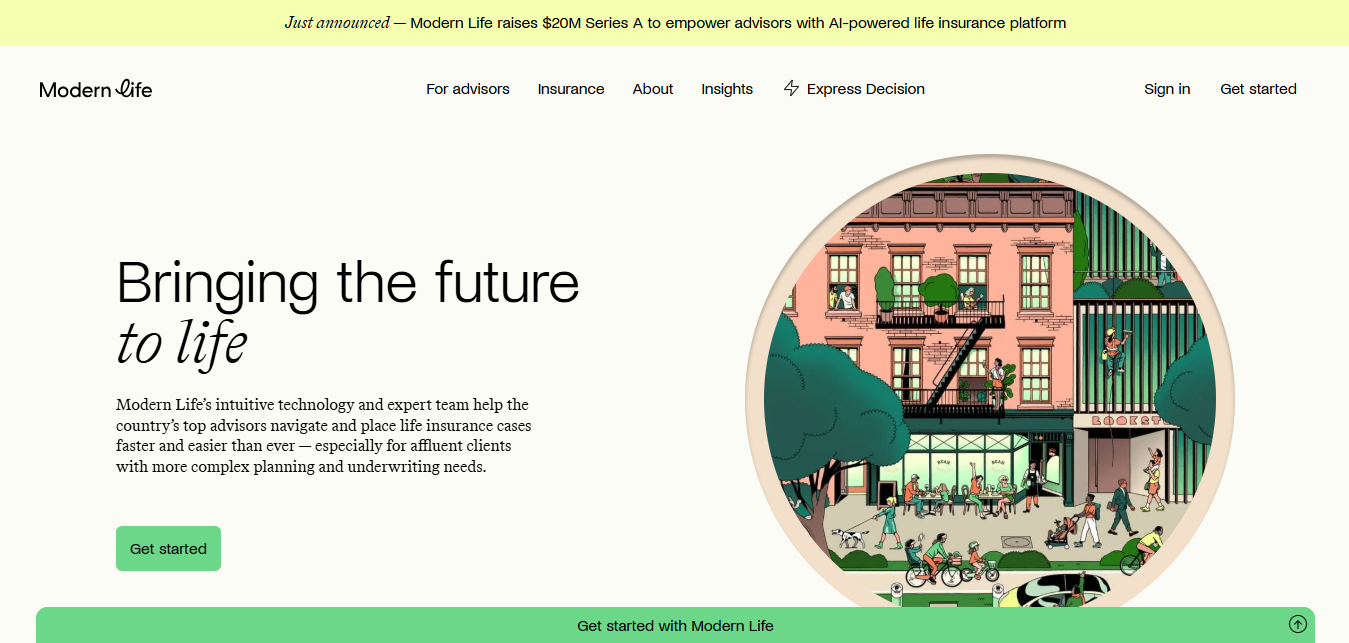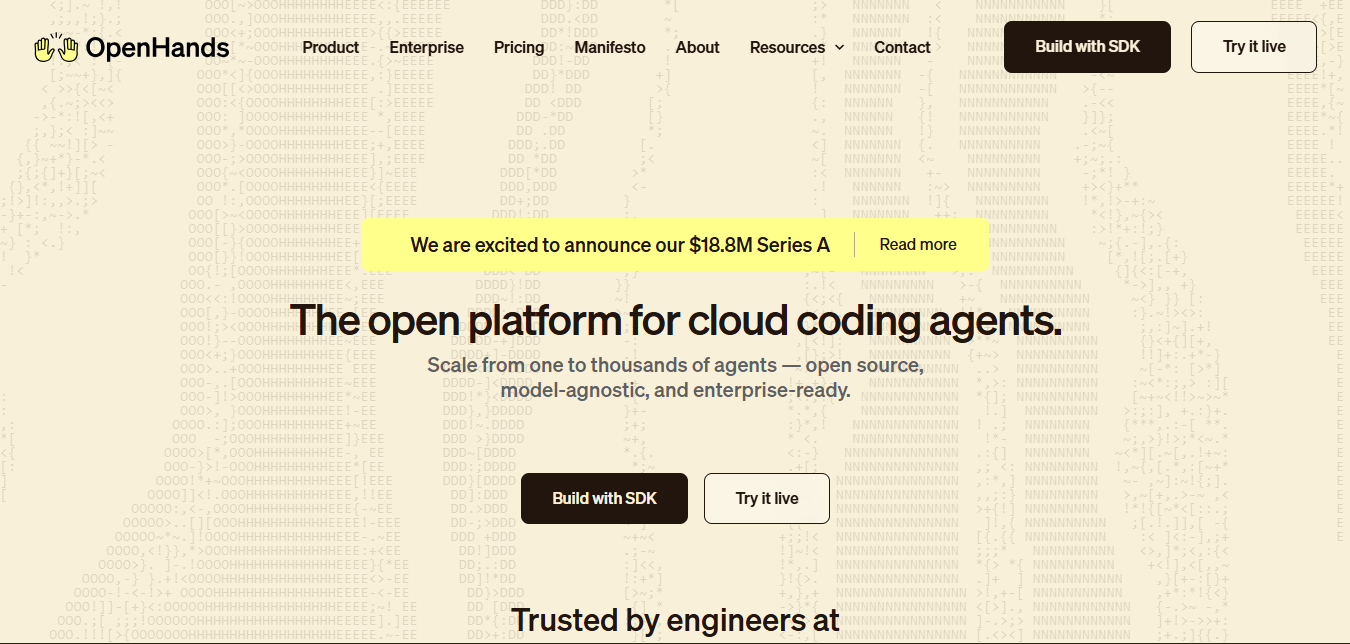Translucent Raises $7M to Put an AI Financial Analyst on Every Healthcare Team
August 15, 2025
byFenoms Start-Up Research
Translucent, a healthcare finance startup founded by Jack O’Hara (CEO) and Max Jones (CTO), has raised $7 million in seed funding to bring a “personalized AI financial analyst” to hospitals and provider groups. The round was led by Virtue VC, with participation from NEA, FPV, and Redesign Health - a signal that the industry’s smartest money believes AI can finally untangle provider finances and margin compression.
The Problem: Financial Signals Are Buried in Messy Healthcare Data
Provider organizations live inside a thicket of claims, contracts, denials, case-mix shifts, staffing variability, and payer behavior that changes weekly. Finance and operations leaders spend countless hours pulling ad-hoc spreadsheets, querying data teams, and chasing answers just to understand service-line profitability, payer performance, and the root causes of leakage. Translucent’s thesis is simple: the bottleneck isn’t data volume - it’s time to insight for the people making daily decisions.
The Product: A Chat-Native AI Financial Analyst
Translucent delivers a chat interface that connects to a provider’s existing data (think billing, claims, EHR, cost accounting) and answers finance and operations questions in plain language - from “Why did cardiology margins drop last month?” to “Which payers are delaying payments beyond 45 days and by how much?” The system can trace answers, cite the underlying sources, and automatically package insights into shareable memos for executives and service-line leaders. It’s designed to augment FP&A, revenue cycle, and ops teams, not replace them.
Traction and Why Investors Leaned In
According to Virtue VC, early pilots show Translucent shortening analysis cycles from days to minutes and freeing analysts to focus on actions rather than queries. That outcome - faster, defensible answers with provenance - is what pulled in a syndicate that includes NEA (a longstanding healthcare and tech investor) along with FPV and Redesign Health. The round equips Translucent to expand engineering, deepen data connectors, and support multi-facility deployments.
Use Cases Providers Actually Ask For
- Service-line profitability with drill-downs to code level
- Denial analytics that tie patterns to payer clauses and operational fixes
- Payer performance insights that quantify underpayments and delays
- Capacity and staffing signals that connect labor cost to throughput
- Pro-forma support for new programs or contract renegotiations
These aren’t demo slides - they’re the daily questions CFOs and COO/RCM leaders need answered to protect margins without harming patient access.
The Value Multiplicator Hiding in Plain Sight
What makes Translucent interesting isn’t just “AI for finance.” It’s the workflow re-wiring that happens when answers arrive with evidence at the moment of decision:
- If your analyst cycle time goes from five days to five minutes, your negotiation posture changes - you can show a payer the exact clause, claim cohort, and dollar impact in the call, not next week.
- If service-line leaders can self-serve gross-to-net visibility with links to the raw claims, the meeting moves from “do we trust the numbers?” to “what do we change tomorrow?”
- If finance can push “exception-based” alerts (e.g., orthopedic margins eroded 2.1% due to device cost creep at Site B), ops can act before month-end closes.
Founders should note the pattern: defensibility often lives in domains where correctness is measurable and delay is expensive. Translucent didn’t chase another BI layer; it collapsed the question-answer loop in a compliance-heavy, data-dense niche. That’s how you create stickiness without a rip-and-replace mandate - become the place where decisions get made.
Why This Matters Now
Providers are navigating sharper reimbursement pressure, growing prior-auth and denial friction, and wage inflation. Traditional FP&A stacks - SQL, cubes, dashboards - are powerful, but they don’t meet leaders where decisions happen (Slack, email, meetings). By meeting users in natural language, with source-of-truth citations, Translucent offers speed and auditability. That combination is rare in healthcare software and is why this category is getting investor attention.
Team and Roadmap
Co-founders Jack O’Hara and Max Jones bring a blend of healthcare finance and modern data engineering experience. The company is hiring across data integrations, applied AI, and customer success while expanding connectors to major EHRs, claims processors, and payer portals. Expect a push into proactive, push-based insights (e.g., variance alerts, payer behavior shifts) and explainable forecasting that translates model output into CFO-ready narratives.
How Providers Can Get Started
Translucent positions itself as additive, not disruptive: pipe in read-only data, start with a narrow question set (payer performance or service-line contribution), validate the lineage, and roll it out to budget owners. The company emphasizes traceability, which helps compliance and audit teams get comfortable during the first 90 days.

